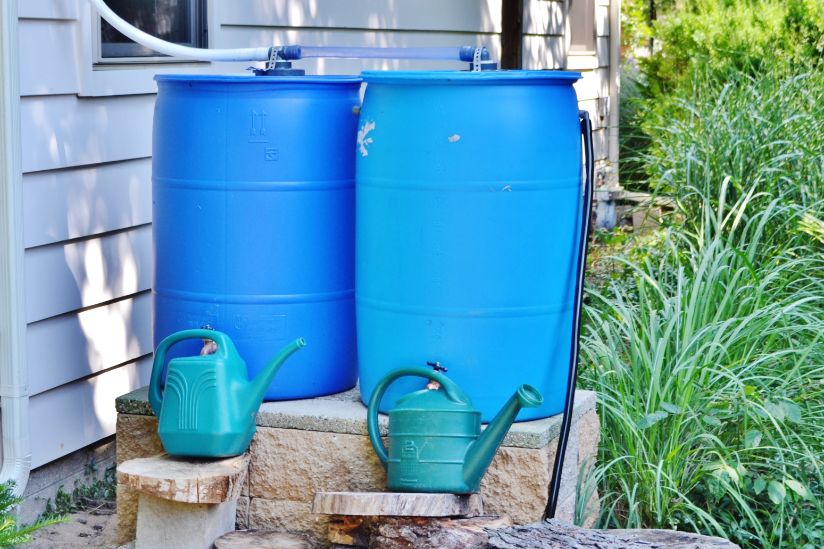Rain barrels are a great eco-friendly addition to any garden, helping to conserve water and reduce water bills. However, to ensure their effectiveness and prevent contamination it is important to keep them fresh and clean.
1. Choose the Right Place
Start by choosing the ideal location for your rain barrel. Place it under a downspout to effectively collect rainwater. Make sure the area is level and stable to avoid accidents. Placing it on a solid surface, such as concrete or a rain barrel rack, will help keep it clean by preventing contact with soil and debris.
2. Install the Screen or filter
Prevent debris, leaves and other contaminants from entering the rain tank by installing a screen or filter at the top. This simple addition acts as a barrier, keeping unwanted materials out while allowing water to flow freely into the barrel.
3. Clean the rainwater pipes regularly
Keeping the channels clean is essential so that only clean rainwater enters the barrel. Clogged gutters can lead to a buildup of dirt and debris that eventually finds its way into your rainwater collection system. To minimize this risk, check and clean your drains regularly.
4. Use a First Flush Diverter
The first flow damper is a smart addition to your rain tank system. It drains the first few gallons of rainwater from your barrel, which often contains the most contaminants. This simple device can greatly improve the quality of water stored in your rain barrel.
5. Empty and clean the barrel regularly
To keep the rain barrel fresh and clean, it is important to empty and clean it regularly. Thus:
a. Empty the Tank Completely: Make sure the barrel is empty before cleaning. Use rainwater collected in your garden to avoid wasting it.
b. Flush the Interior: When the barrel is empty, thoroughly flush the interior with a high-pressure hose. This helps remove accumulated sediment or algae.
c. Cleaning the Interior: If you notice stubborn stains or residue, clean the interior with a long brush or a mixture of vinegar and water. Remember to rinse thoroughly afterwards.
d. Cleaning the Filter: If your downspout has a filter, clean it according to the manufacturer’s instructions. A clogged filter can prevent water flow and reduce the quality of water collected.
6. Check for leaks and repairs
Check your rain barrel regularly for leaks or damage. If you notice cracks or holes, repair them immediately to prevent contamination and water loss. When searching for rain barrels for sale san diego, check for leaks and needed repairs to ensure their quality and functionality.
7. Cover your tube
A well-fitting cover or lid is essential to keeping your rain barrel clean. This prevents leaves, insects and other debris from entering the barrel. In addition, the cover helps prevent evaporation and algae growth.
8. Maintain adequate overflow
Make sure your rain barrel has an overflow system. This ensures that excess rainwater is diverted away from the barrel, preventing overflow and potential contamination.
9. Let the water circulate
If you’re concerned about standing water in your rain barrel, consider inverting it. Use the water collected in your garden and fill the barrel regularly with fresh rainwater. This not only keeps the water fresh, but also ensures that you are constantly using rainwater in your garden.



